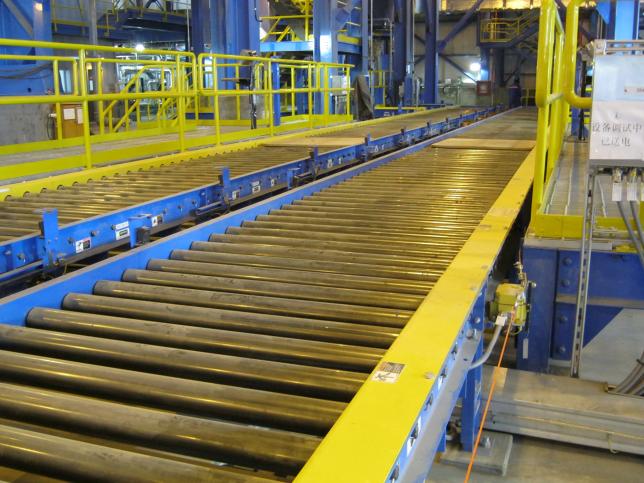A conveyor roller is a modular operating system that integrates both manual and partly mechanized systems into a synchronous system. For the best results, roller based conveyors are suited for handling light loads of up to 50 kilograms. Alternative type of conveyor roller is also available for handling larger load capacity.
In the design, the conveyor roller has a shaft connecting the rollers to one another across the length of the conveyor. To ensure effective movement of the load across the transportation length in your facility, the shaft is connected to a series of spools connected to each roller. The interconnection between the spools on the rollers ensures that the conveyor belt can move at high speeds without losing momentum or leading to strained operational speed which may lead to breakage.
Conventionally, only the shaft is electrically powered. With the spools being connected to the rollers through an elastic polyurethane ring, any rotation of the shaft shares an equal rotational momentum with the spools. As a result, the rollers are rotated in the direction of the connecting O-ring. As the ring and the shaft rotate, the conveyor belt is effectively dragged along the drive train. Therefore, any product placed on the conveyor belt is delivered to the end of the belt. With the shaft being rotated from a central source, the process is repeated with delivery of any product placed on the belt being repeated as long as the belt rotates.
At Norpak we understand what makes the conveyor roller great, so we integrate advanced technologies on each component we make. We are also sensitive to the needs of our customers, having an extensive catalogue of advanced products for handling different load capacities. Besides, each product undergoes rigorous testing and evaluation by our specialists to ensure that it is top-notch and meets your design specifications. With every conveyor being fitted with a suitable programmable logic controller, you can always be sure of the best outcomes.










